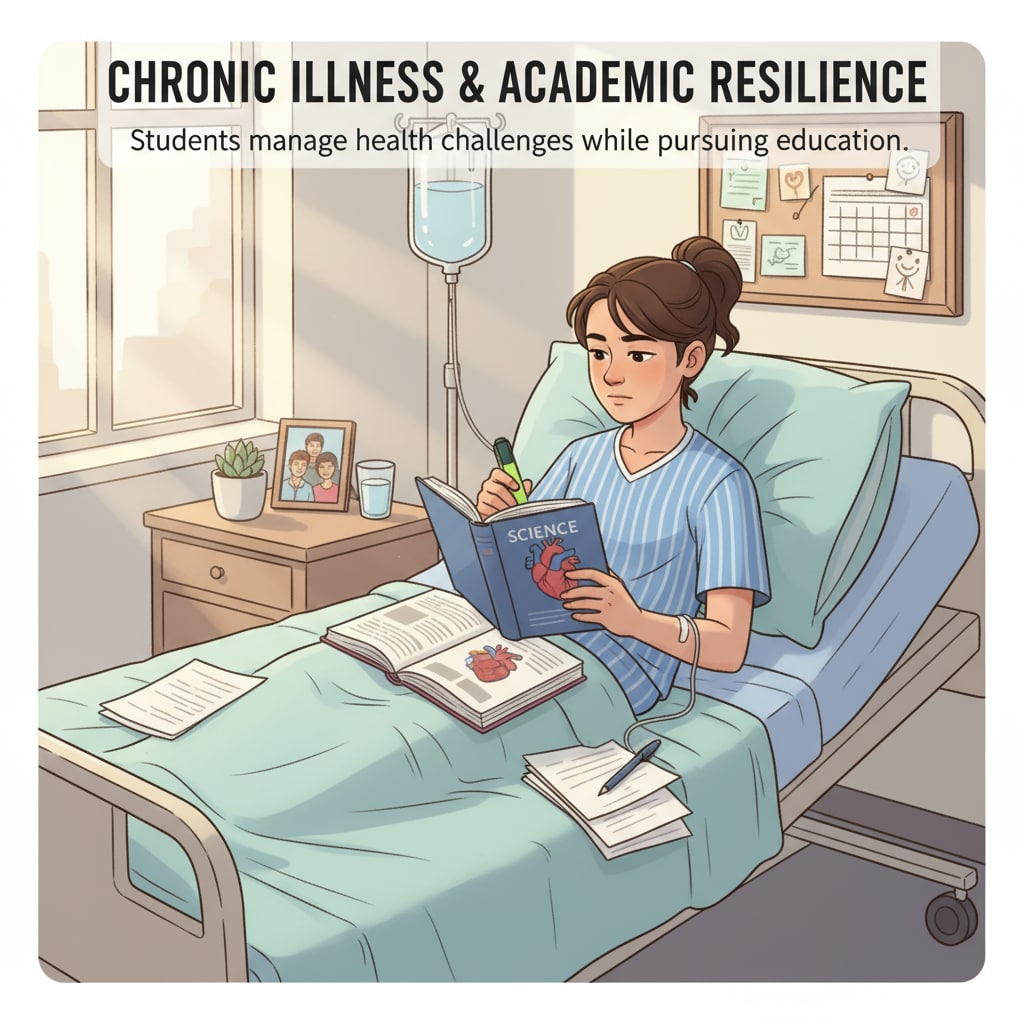Chronic diseases, high school graduation, and GED are important aspects to consider when discussing the education of teenagers with health issues. For adolescents dealing with chronic diseases, the journey through high school can be fraught with difficulties. These young individuals often find themselves facing unique challenges that can disrupt their educational progress. However, there are alternative options available, such as the General Educational Development (GED) test and online learning, which can help them overcome these obstacles and reach their academic goals.

The Hurdles in High School for Teens with Chronic Diseases
One of the primary challenges is frequent absences. Chronic diseases often require regular medical appointments, hospital stays, or periods of rest. As a result, these students may miss a significant amount of school. According to the CDC, students with chronic health conditions are more likely to be absent from school compared to their healthy peers. This can lead to gaps in their knowledge and make it difficult to keep up with the curriculum.

The Role of GED in Overcoming Barriers
The GED offers a viable alternative for these teenagers. It is a high school equivalency diploma that can be obtained through a series of tests. The GED allows students to demonstrate their proficiency in various subjects without having to attend traditional high school classes full-time. For example, a teen with a chronic illness who has difficulty attending school regularly can study at their own pace and take the GED tests when they are ready. GED.com provides detailed information about the test format and requirements. This flexibility makes the GED an attractive option for those seeking an alternative route to high school graduation.
Online learning is another valuable alternative. With the advancements in technology, many educational institutions offer online courses that are tailored to the needs of students with chronic diseases. These courses allow students to learn from the comfort of their homes, at their own convenience. They can interact with teachers and fellow students through virtual classrooms, discussion forums, and video conferencing. In addition, online learning platforms often provide resources such as recorded lectures, e-books, and interactive assignments, which can enhance the learning experience.
To ensure the success of these students, it is crucial to build a comprehensive support system. This includes teachers, parents, and healthcare providers working together. Teachers can provide individualized learning plans, extra support, and accommodations. Parents can create a conducive learning environment at home and encourage their children. Healthcare providers can offer advice on managing the illness in relation to the educational schedule.
Readability guidance: By understanding the challenges faced by teenagers with chronic diseases in high school and exploring alternative educational options like GED and online learning, we can help them overcome their limitations and achieve their academic dreams. These students deserve every opportunity to succeed, and with the right support and resources, they can find their own path to high school graduation and beyond.


